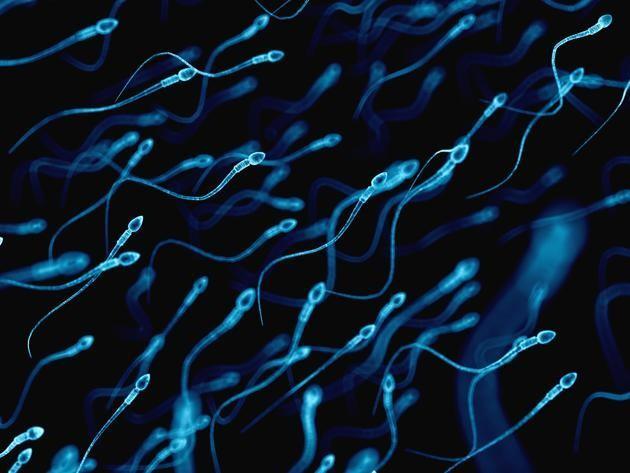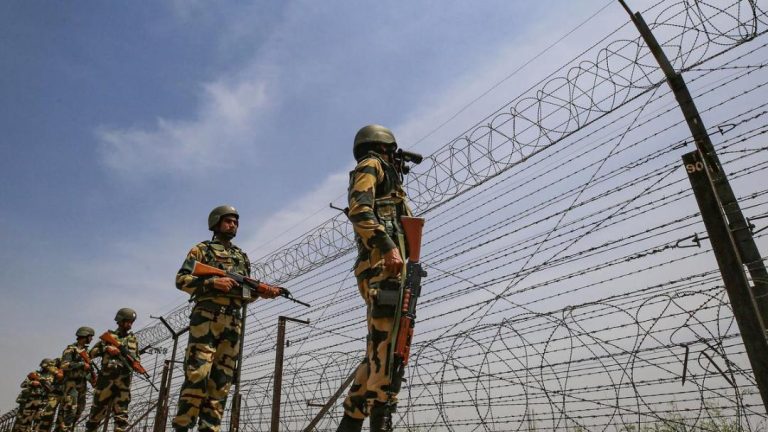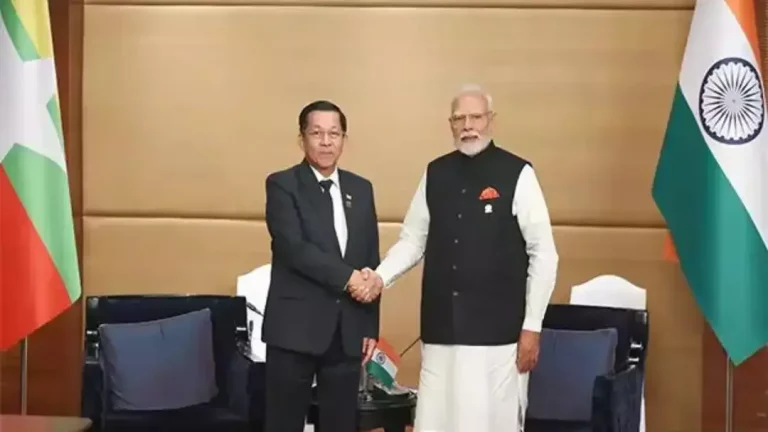ISRO’s 100th Mission Faces Technical Glitch as Satellite’s Orbit Raising Ops Fail
India’s space agency, ISRO, has hit a roadblock with its record 100th mission, the GSLV F15/NVS-02 mission, as the satellite’s orbit raising operations failed due to a technical glitch. The satellite, launched on a Geosynchronous Satellite Launch Vehicle (GSLV), was supposed to reach its intended orbit, but the orbit raising operations could not be carried out as planned.
According to ISRO, the valves for admitting the oxidizer to fire the thrusters for orbit raising didn’t open, causing the mission to be delayed. The space agency is now working on alternate mission strategies to ensure the successful completion of the mission.
The GSLV F15/NVS-02 mission was launched on March 12, 2023, from the Satish Dhawan Space Centre in Sriharikota, Andhra Pradesh. The mission aimed to place the NVS-02 satellite into geosynchronous orbit, which is about 36,000 kilometers above the Earth’s surface. The satellite was designed to provide navigation services to the country.
The failure of the orbit raising operations has raised concerns about the mission’s overall success. Orbit raising is a critical phase of a satellite’s journey, as it helps the satellite to reach its intended orbit and begin its operational life. The failure of this operation can result in the satellite not being able to perform its intended functions.
ISRO has a reputation for being one of the most reliable and efficient space agencies in the world, with a success rate of over 90% in its launch missions. However, this latest glitch has raised questions about the agency’s ability to maintain its high standards.
The GSLV F15/NVS-02 mission is not the first time that ISRO has faced a technical glitch. In 2020, the space agency faced a major setback when its Chandrayaan-2 mission, which aimed to send a rover to the Moon’s surface, failed due to a technical glitch. The mission was aborted when the lander, Vikram, lost contact with the Earth just before it was supposed to land on the Moon’s surface.
Despite this latest setback, ISRO remains committed to its mission of exploring space and providing services to the country. The agency has a robust plan to ensure the successful completion of the GSLV F15/NVS-02 mission, and officials are working tirelessly to resolve the technical issue.
In a statement, ISRO said, “The mission was to place the NVS-02 satellite into geosynchronous orbit. However, due to a technical glitch, the valves for admitting the oxidizer to fire the thrusters for orbit raising didn’t open. We are working on alternate mission strategies to ensure the successful completion of the mission.”
The agency has also assured that the satellite is safe and in good condition, and that the issue is only with the orbit raising operations. ISRO has also launched an investigation into the cause of the technical glitch, and officials are working to identify the root cause of the problem.
The failure of the orbit raising operations has also raised concerns about the impact on the satellite’s operational life. The satellite was designed to operate for several years, providing navigation services to the country. However, if the issue is not resolved, it could impact the satellite’s ability to perform its intended functions, which could have serious consequences for the country.
The GSLV F15/NVS-02 mission is a significant milestone for ISRO, as it marks the agency’s 100th mission. The mission was designed to demonstrate the agency’s capability to launch complex satellites into geosynchronous orbit. The failure of the orbit raising operations has raised concerns about the mission’s overall success, but ISRO officials are confident that they can resolve the issue and ensure the successful completion of the mission.
In conclusion, the failure of the orbit raising operations of the NVS-02 satellite is a setback for ISRO, but the agency is working tirelessly to resolve the technical issue and ensure the successful completion of the mission. The mission is a significant milestone for the agency, and officials are confident that they can overcome this latest challenge and continue to explore space and provide services to the country.
References:
- ISRO. (2023). GSLV-F15/NVS-02 Mission. Retrieved from https://www.isro.gov.in/GSLV-F15_NVS-02_Mission.html
Note: The news article is based on the official statement released by ISRO and may not reflect the actual situation on the ground.






